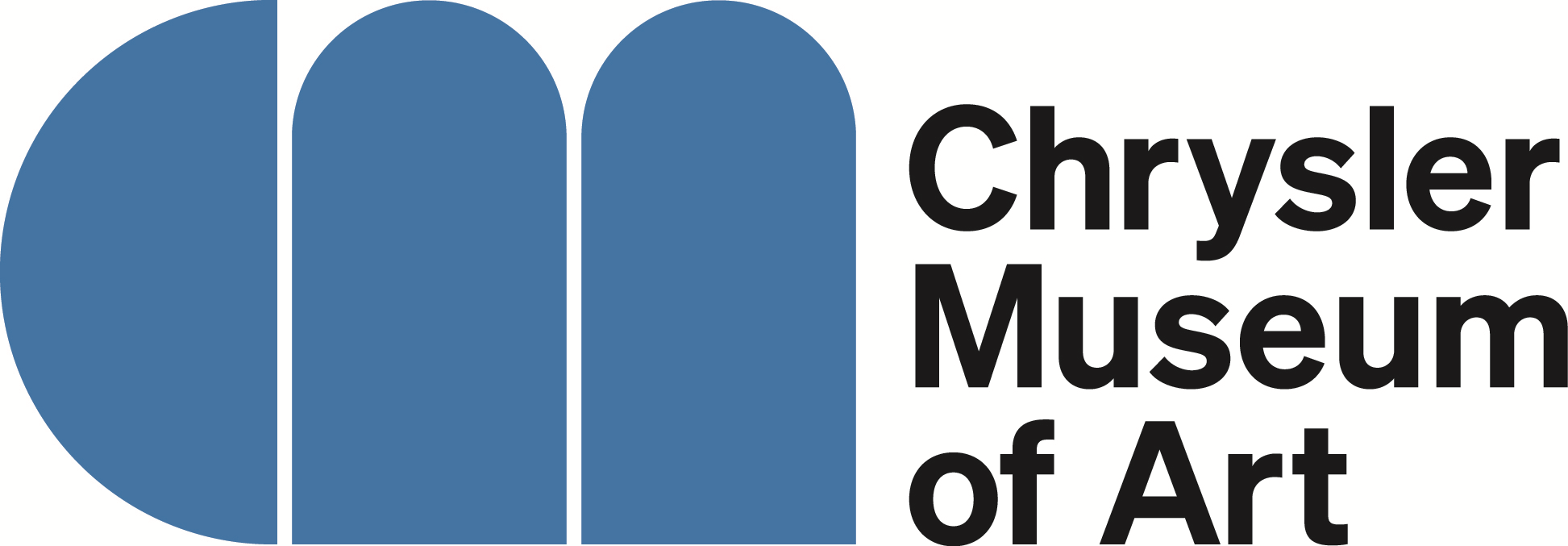Operating Tent at Camp Letterman, Gettysburg, Pennsylvania
Artist
Peter S. Weaver
(American, 1835 - 1906)
CultureAmerican
DateOctober or November 1863
MediumAlbumen print
DimensionsOverall, Image: 5 3/8 × 7 1/2 in. (13.7 × 19.1 cm)
Overall, Paper: 9 × 11 7/8 in. (22.9 × 30.2 cm)
Overall, Mat: 16 3/16 × 20 1/8 in. (41.1 × 51.1 cm)
Overall, Paper: 9 × 11 7/8 in. (22.9 × 30.2 cm)
Overall, Mat: 16 3/16 × 20 1/8 in. (41.1 × 51.1 cm)
Credit LineGift of David L. Hack and Museum purchase, with funds from Walter P. Chrysler, Jr., by exchange
Object number98.32.223
Collections
Not on view
DescriptionThe David L. Hack Civil War Photography Collection. An ellipse shaped photo of several men gathered around a tent. A wounded soldier lies on a table as the others watch. A surgeon is cutting while a bucket rests below the table to catch the blood flow. A bed is present to the right of the operating table. The words below the photo read "Operating Tent Camp Letterman, Gettysburg, Pa." This is from _Gardner's Photographic Sketchbook of the War_ (Hack Collection No. 2].Label TextPeter S. Weaver American (1835-1906) Operating Tent at Camp Letterman, Gettysburg, Pennsylvania, 1863 Albumen print on Weaver mount, 5 1/2 x 7 1/2 in. Chrysler Museum of Art, Norfolk, VA Gift of David L. Hack and by exchange Walter P. Chrysler, Jr. 98.32.223 Camp Letterman was filled to capacity by late July and eventually hosted over 1,600 patients. Surgeons worked long hours treating the wounded. Amputations were performed in front of a surgical tent pitched near the end of the rows of hospital tents. The surgeons were so skilled that the removal of an arm or a leg was accomplished in a matter of minutes, and the unlucky soldier returned to his bed within the hour. Tools were washed with cold water and not properly sterilized, a common practice for that time. This lack of knowledge of bacteria and germs made for terrible cases of gangrene and tetanus, and infection was a major problem. Already weakened from the effects of wounds and surgery, those patients who suffered infections were also subjected to the added effects of diarrhea and dysentery. Exhibition History"Civil War Photographs from the David L. Hack Collection and Civil War Redux: Pinhole Photographs by Willie Anne Wright," Alice R. and Sol B. Frank Photo Galleries, Chrysler Museum of Art, Norfolk, VA, February 3 - October 29, 2006; Cape Fear Museum, Wilmington, NC, February 15 - May 28, 2007; Huntington Museum of Art, Huntington, WV, July 26 - September 21, 2008. "My Heart Beats for Peace," Portsmouth Art and Cultural Center, Portsmouth, VA, May 25 - August 25, 2013.
Charles John Tyson
August 1863
Peter S. Weaver
November 11, 1863
Alexander Gardner
1862
















